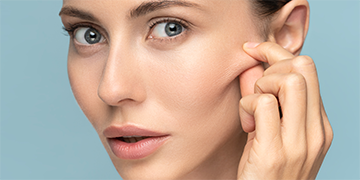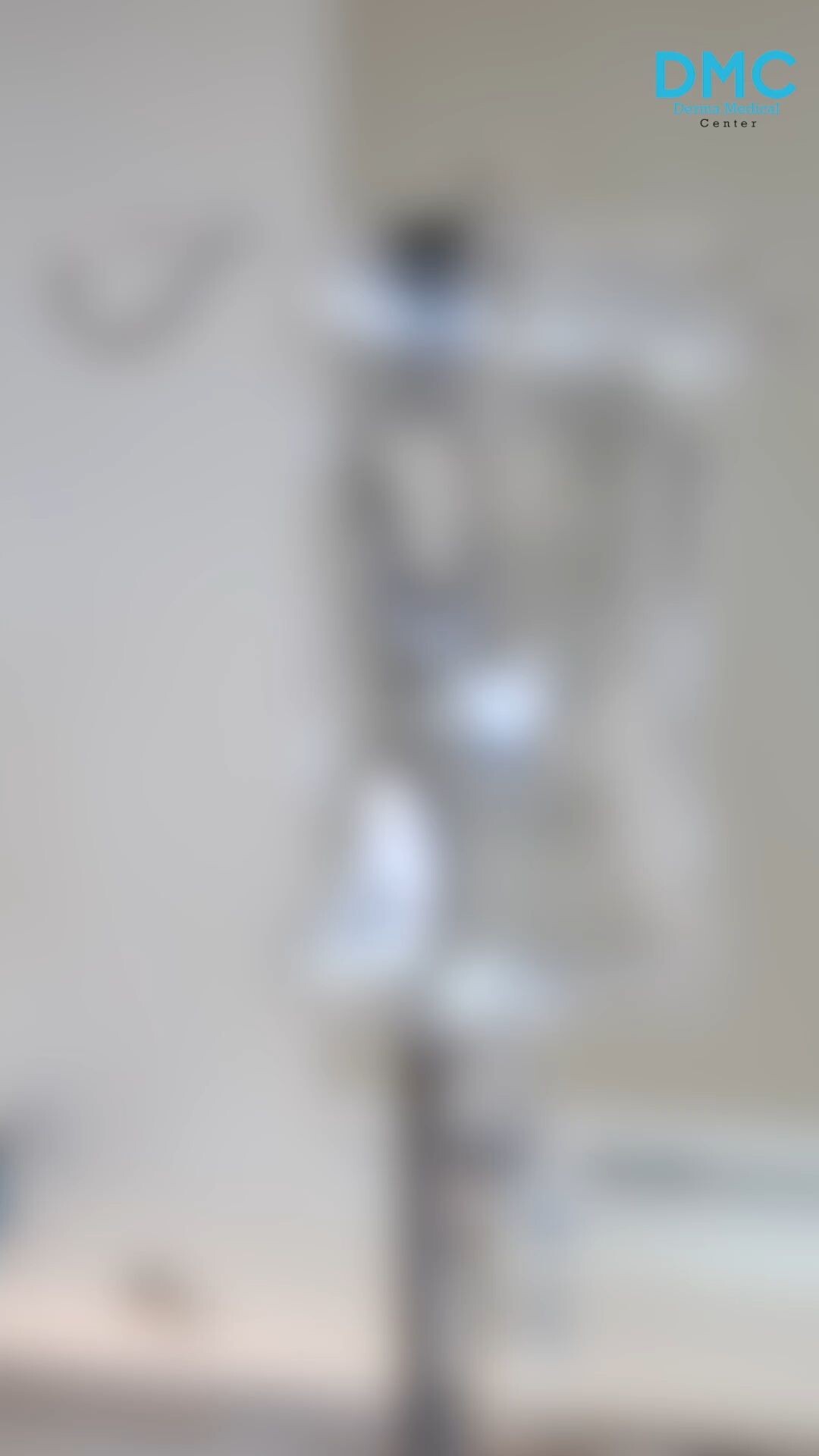Laser Hair Removal: Myths vs. Facts
Laser hair removal is one of the most popular cosmetic treatments available today, providing a long-term solution for unwanted hair. However, with its popularity come numerous misconceptions. In this article, we’ll debunk the most common myths surrounding laser hair removal and provide you with factual information to make informed decisions about your skin and hair care.
Myth 1: Laser Hair Removal is Painful
Fact: One of the most widespread myths about laser hair removal is that it is a painful process. However, the reality is that most people experience only mild discomfort during the procedure, often described as a sensation similar to the snap of a rubber band against the skin. Modern laser technologies, like the ones used at Dr. Dina’s clinic, often come equipped with cooling mechanisms that help soothe the skin during treatment. While individual tolerance to pain varies, most people find the process far less painful than traditional hair removal methods like waxing.
Myth 2: Laser Hair Removal Works for Everyone, Regardless of Hair Color and Skin Type
Fact: While laser hair removal is highly effective for many people, it’s essential to understand that it works best on certain hair and skin types. The lasers target the pigment (melanin) in the hair follicles, so darker hair on lighter skin typically responds best to treatment. Lighter hair colors, such as blonde, red, or gray, may not absorb the laser energy as effectively, making treatment less successful. However, advancements in laser technology have made it possible for individuals with darker skin tones to undergo laser hair removal safely. Specialized lasers, such as Nd
, are designed to treat a wider range of skin tones without causing damage.
Myth 3: Laser Hair Removal Offers Permanent Results
Fact: While laser hair removal can significantly reduce hair growth, it does not offer 100% permanent hair removal. The treatment works by damaging hair follicles to inhibit future growth, but some follicles may not be entirely destroyed. As a result, some hair may grow back over time, though it will be finer, lighter, and much less noticeable. Most people require multiple sessions to achieve optimal results, and periodic maintenance treatments may be needed to maintain smooth skin.
Myth 4: Laser Hair Removal Exposes You to Radiation
Fact: This is a common concern, but rest assured that laser hair removal does not expose you to harmful radiation. The lasers used in this procedure emit non-ionizing radiation, which is different from the ionizing radiation found in X-rays or nuclear energy. Non-ionizing radiation is safe for the skin and body and does not have the harmful effects associated with other forms of radiation. The laser energy used in hair removal is directed only at the hair follicles and does not penetrate beyond the skin, making the treatment both safe and effective.
Myth 5: Laser Hair Removal is Only for Women
Fact: Although women make up the majority of laser hair removal clients, this treatment is not exclusive to women. Men are increasingly seeking laser hair removal for areas such as the back, chest, and shoulders, or to achieve a more groomed beard line. The procedure is suitable for anyone looking to reduce unwanted hair, regardless of gender. With grooming becoming more of a priority for men, laser hair removal provides a long-term solution to replace the daily or weekly hassle of shaving.
Myth 6: One Session is Enough for Complete Hair Removal
Fact: Laser hair removal is not a one-and-done treatment. Hair grows in different stages—anagen (growth phase), catagen (transition phase), and telogen (resting phase). The laser is most effective on hair in the anagen phase, when the hair is actively growing. Since not all hair is in this phase at the same time, multiple sessions are required to target hair follicles as they enter the growth phase. Most people need anywhere from 6 to 8 sessions spaced several weeks apart to achieve the best results. After completing the initial treatment series, occasional touch-ups may be needed to maintain results.
Myth 7: Laser Hair Removal is Dangerous for the Skin
Fact: When performed by trained professionals, laser hair removal is a safe procedure with minimal side effects. Most people experience only mild redness or swelling immediately after treatment, which typically subsides within a few hours. Serious side effects, such as burns or scarring, are extremely rare and usually occur when the treatment is not performed correctly. To ensure the best outcome, it’s crucial to choose a licensed and experienced provider who uses FDA-approved lasers and follows safety protocols. Dr. Dina’s clinic, for example, prioritizes patient safety and uses advanced equipment to minimize risks.
Myth 8: Laser Hair Removal Can Cause Ingrown Hairs
Fact: On the contrary, laser hair removal can actually reduce the occurrence of ingrown hairs. Traditional hair removal methods like shaving, waxing, or tweezing can often lead to ingrown hairs, as the hair is cut or pulled out at the surface level. Laser hair removal, on the other hand, targets the hair follicle itself, preventing the hair from growing back and reducing the likelihood of ingrown hairs. Many people who suffer from chronic ingrown hairs find relief through laser hair removal treatments.
Myth 9: Laser Hair Removal is Expensive
Fact: While the upfront cost of laser hair removal may seem higher compared to other hair removal methods, it’s essential to consider the long-term benefits. Traditional methods like shaving, waxing, or threading require continuous maintenance, which can add up over time. Laser hair removal offers a more permanent solution, reducing the need for frequent treatments. Over the long run, many people find that the cost of laser hair removal is comparable to or even more cost-effective than other methods. Additionally, many clinics, including Dr. Dina’s, offer flexible payment plans to make the treatment more accessible.
Myth 10: Laser Hair Removal Requires No Preparation or Aftercare
Fact: Like any cosmetic treatment, laser hair removal requires some preparation and aftercare to ensure the best results. Before treatment, it’s essential to avoid sun exposure and tanning, as this can increase the risk of skin damage. Patients are also advised to shave the treatment area before their appointment to allow the laser to target the hair follicles more effectively. After treatment, it’s crucial to keep the skin hydrated and protected from the sun. Avoiding hot showers, saunas, and rigorous exercise for 24 hours post-treatment is also recommended to prevent irritation.
Conclusion
Laser hair removal is a highly effective and convenient method for reducing unwanted hair, but it’s essential to separate myths from facts. By understanding how the treatment works and what to expect, you can make an informed decision about whether laser hair removal is right for you. At Dr. Dina’s clinic, we’re committed to providing safe and effective laser hair removal treatments tailored to your individual needs, helping you achieve smooth, hair-free skin with long-lasting results.


